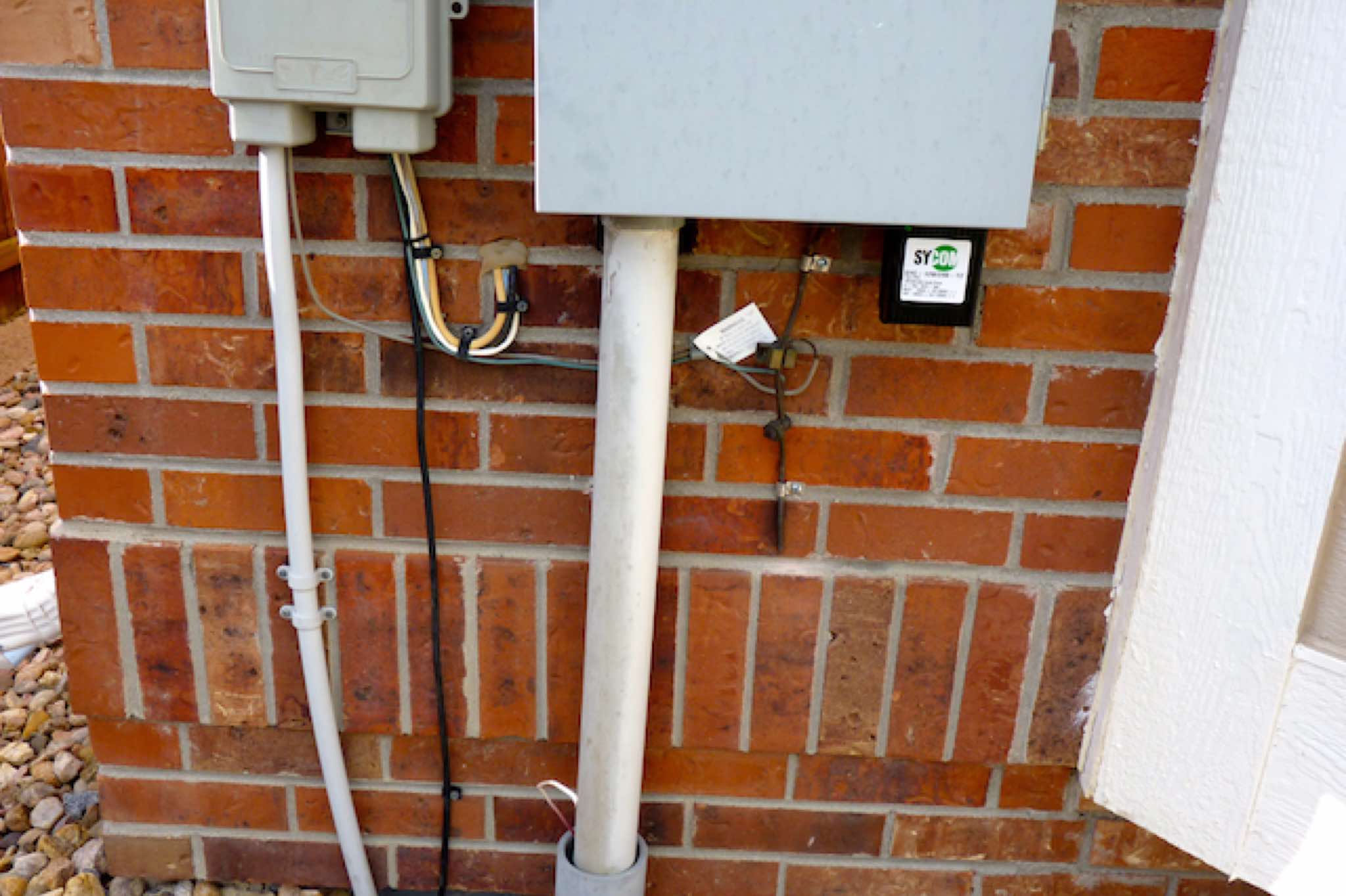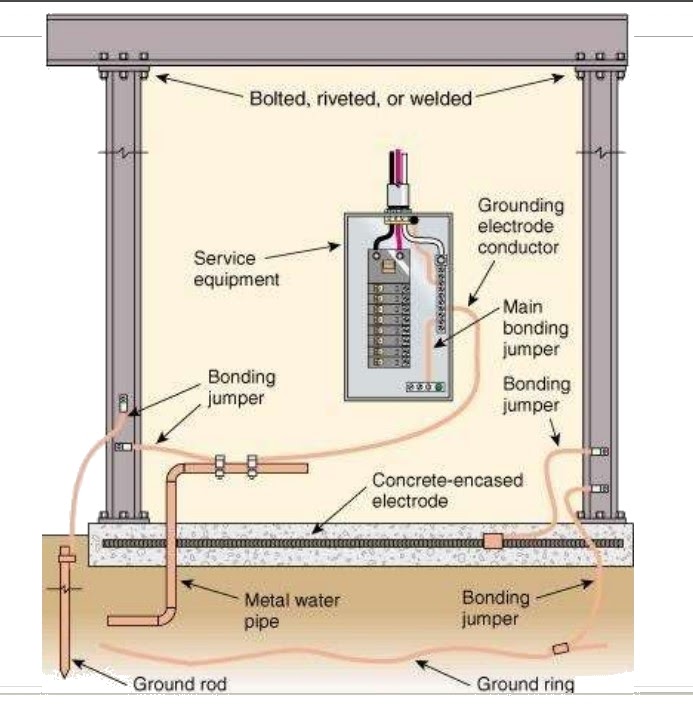Electrical Code Ground Rod Requirements As Section 250 4 A 1 explains electrical systems connect to ground to limit voltage imposed from lightning strikes line surges high voltage crossovers and to stabilize voltage to ground under normal operation Then equipment is connected to the system to limit voltage to ground at the equipment
Navigating the grounding and bonding of electrical systems can be a tall task unless you have taken the time to familiarize yourself with the requirements of A rticle 250 of NFPA 70 National Electrical Code NEC Where should you start The following are some common questions from individuals who are just beginning to explore Article 250 4 1 1 Triple Ground Rods workmanlike manner as required by the National Electrical Code ANSI NFPA 70 NEC Section 110 12 and in accordance with accepted good practice as required by National 1 3 Regulatory and Other Requirements
Electrical Code Ground Rod Requirements
 Electrical Code Ground Rod Requirements
Electrical Code Ground Rod Requirements
https://i.stack.imgur.com/HvDA6.jpg
The Code requirements are now easier to understand and match the standard industry practice of driving two ground rods instead of testing the resistance of a single driven rod The allowance to use only a single rod pipe or plate electrode when a resistance of 25 ohms or less to ground is obtained is now written as an exception to 250 53 A 2
Templates are pre-designed documents or files that can be used for different purposes. They can conserve effort and time by offering a ready-made format and design for developing various kinds of content. Templates can be utilized for personal or professional tasks, such as resumes, invitations, flyers, newsletters, reports, discussions, and more.
Electrical Code Ground Rod Requirements

Premier 1 Electric Fence Review Installing The Grounding Rod Part 2

Orange County Grounding

Electrical Grounding 2013 2019

Grounding Electrode System Mr Electrician

Grounding Electrode Conductor NEC Section 250 Definition Explained

What Are Electrical Code Requirements For UFER Grounding On A Home

https://www.thespruce.com/choosing-the-best-grounding-materials-1152287
According to the National Electrical Code or NEC a ground system should have a grounding resistance of 25 ohms or less Achieving this may require more than one ground rod 01 of 05 What Are Ground Rods The Spruce Jacob Fox

https://www.csemag.com/articles/electrical-grounding-and-bonding-per-nec/
NFPA 70 National Electrical Code Article 250 covers the minimum requirements for grounding and bonding and although the NEC lists requirements to abide by it should not be taken as a design manual

https://iaeimagazine.org/2018/may2018/the-5-ft-ground-rod-and-its-little-known-use-in-the-nec/
Article 250 contains general requirements for grounding and bonding of electrical installations Sections 250 52 A 1 through A 7 instruct users that all grounding electrodes present at each building or structure served shall be bonded together to form the grounding electrode system

https://eepower.com/technical-articles/national-electrical-code-2023-basics-grounding-and-bonding-part-1/
Section 250 1 This section explains that Article 250 focuses on general grounding and bonding electrical installation requirements including The grounding of systems circuits and equipment Which circuit conductor must be grounded Where to locate the grounding connections
.jpg?w=186)
https://www.ecmag.com/magazine/articles/article-detail/codes-standards-driven-grounding-electrodes-understanding-what-they-are-and-requirements
Section 250 53 of the National Electrical Code provides grounding electrode installation rules that apply to grounding electrodes that must be installed and are not typically inherent in construction The grounding electrodes addressed in this rule include ground rings and rod pipe and plate electrodes
What are the requirements related to the use of a ground rod for the grounding electrode system including sizing of the grounding electrode conductor Answer based on 2011 NEC A Ground rod electrodes must not be less than 8 ft in length in contact with the earth 250 53 G Rod type electrodes must have a diameter of at least 5 8 in Sections 250 4 A and B in Article 250 of the National Electrical Code provide performance requirements for grounding and bonding while the remainder of Article 250 provides the proscriptive requirements or in other words the how to for proper grounding and bonding Without proper grounding and bonding there would be many problems
Implementing a single point grounding system and following the National Electrical Code NEC when installing the safety equipment ground Grounding electrode systems Properly designed and selected surge protective devices Approximately 90 percent of all grounding electrode systems for structures are driven rods